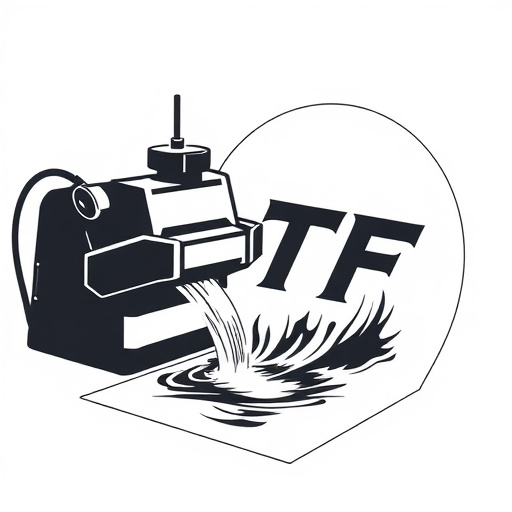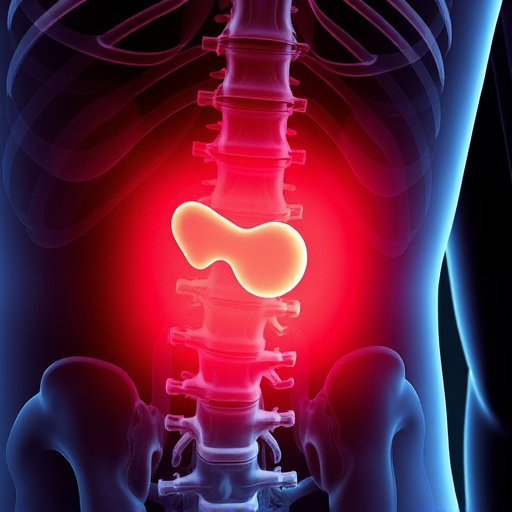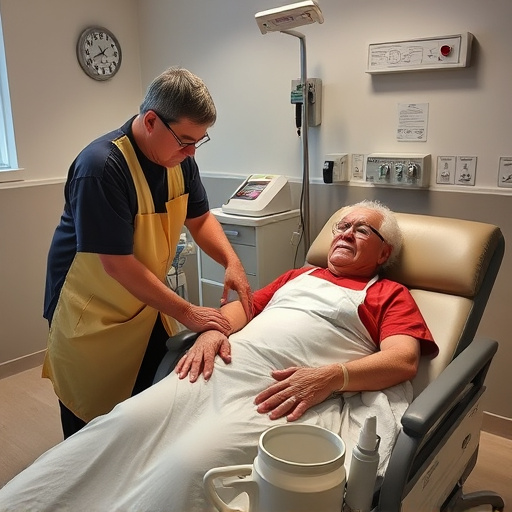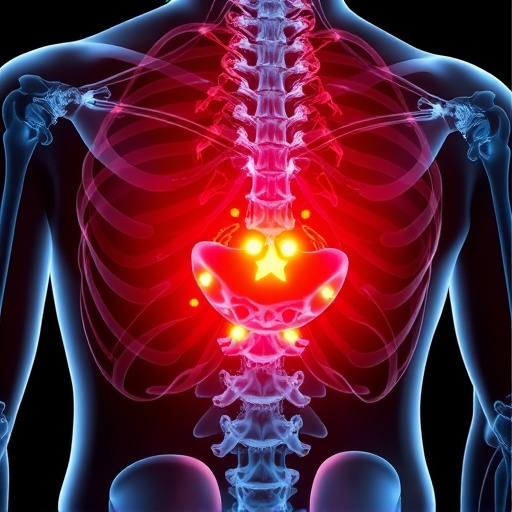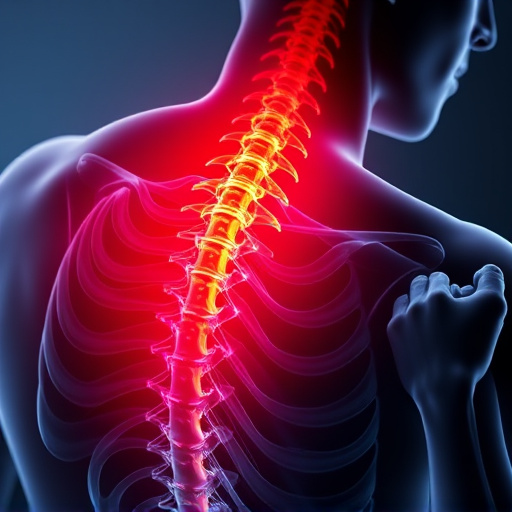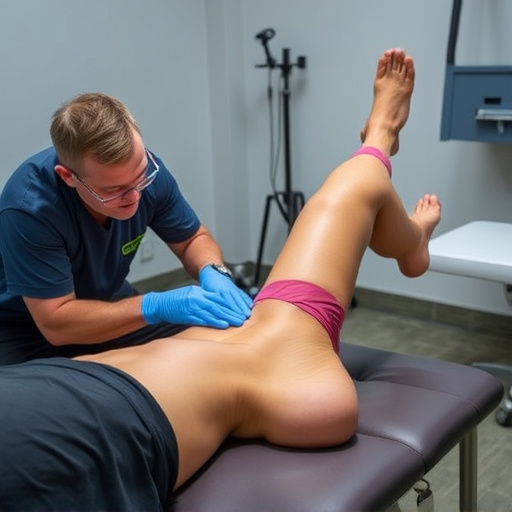Understanding your rights and legal protections is crucial for effectively navigating post-accident rehabilitation after musculoskeletal injuries. Documenting medical progress helps track symptom improvements and sets a detailed record for medical professionals. Consulting legal experts ensures proper insurance claims filing and secures compensation for necessary rehabilitation services.
Recovering from an accident is a challenging journey, but documenting your post-accident rehabilitation experience can be empowering. This guide navigates your rights, medical progress tracking, and insurance claims management. Understanding each step ensures you have accurate records for potential legal actions. Learn how to document milestones, track treatments, and maintain communication with healthcare providers. By staying organized, you’ll be better equipped to advocate for your recovery and seek compensation for necessary rehabilitation services.
- Understanding Your Post-Accident Rehabilitation Rights
- Documenting Medical Progress and Challenges
- Navigating Insurance Claims and Legal Steps
Understanding Your Post-Accident Rehabilitation Rights

After an accident, understanding your rights is crucial to navigating the post-accident rehabilitation process effectively. Many individuals suffering from musculoskeletal injuries are entitled to comprehensive wellness care and support during their recovery journey. This includes access to specialized medical professionals, physical therapy, and sometimes even accommodations for a smoother transition back into daily life.
Familiarize yourself with the legal protections and benefits available under these circumstances. Knowing your rights can empower you to actively participate in your rehabilitation plan, ensuring that your needs are met and that you receive the best possible care for any pain management requirements stemming from your injuries.
Documenting Medical Progress and Challenges

Documenting your medical progress is a vital part of navigating the post-accident rehabilitation journey. Regularly track your symptoms, pain levels, and physical capabilities as you recover. Keep detailed records of doctor’s visits, hospital stays, and any prescribed treatments or therapies. For instance, if you’ve undergone shockwave therapy for a sports injury recovery, note the date, treatment duration, and perceived improvements afterward. These precise notes can help identify trends in your muscle recovery and serve as a valuable resource when reviewing your progress with medical professionals.
Additionally, documenting challenges encountered during rehabilitation is essential. This might include setbacks, complications, or side effects from treatments. For example, if you experience temporary discomfort after an intense physical therapy session aimed at improving range of motion, note the details: the type of exercise, duration, and any specific symptoms felt afterward. By meticulously recording both progress and challenges, you create a comprehensive account of your post-accident rehabilitation experience.
Navigating Insurance Claims and Legal Steps
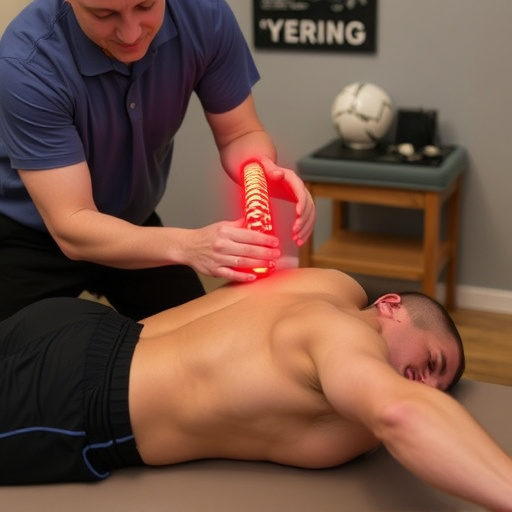
Navigating insurance claims and legal steps can be a complex process after an accident, especially when focusing on post-accident rehabilitation. It’s crucial to understand your rights and the options available for financial support during this critical period. Start by thoroughly reviewing your policy and noting the specific coverage for medical expenses and rehabilitation services. Many policies include provisions for physical therapy, medication, and other treatments essential for recovery, including joint pain relief and sciatica treatment.
Seeking legal counsel from experts experienced in personal injury cases is often beneficial. They can guide you through the process of filing a claim, ensuring all necessary documentation is in order and helping to secure compensation for your rehabilitation needs. This support is particularly important when pursuing functional rehabilitation strategies that may be crucial for long-term recovery and independence.
Documenting your post-accident rehabilitation experience is a vital step in ensuring you receive the support and compensation you deserve. By understanding your rights, meticulously recording medical progress, and navigating insurance claims effectively, you can navigate this challenging period with confidence. These steps empower you to advocate for yourself and foster a smoother recovery journey. Embrace these practices as a way to transform your post-accident rehabilitation into a more manageable and hopefully positive experience.

